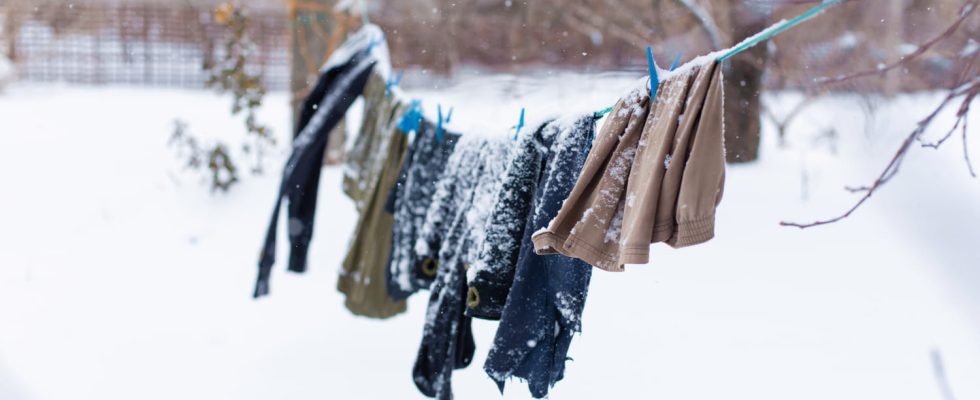With the arrival of cold weather, a daily challenge appears: how to dry your clothes effectively when the sun seems to be hiding and low temperatures dominate? There is a trick.
During the winter, washing your clothes can quickly become an ordeal. Drying becomes a mammoth task, and clothes seem to stay in their wet state indefinitely. Who has never felt that feeling of despair when clothes take forever to dry and, to make matters worse, then smell unpleasantly damp?
There are of course known tips for improving drying. Like for example programming the washing machine with a high spin speed to remove as much water as possible from our clothes. This step is essential to significantly reduce subsequent drying time. Some even use heating radiators and place clothes near or even on top of them to eliminate all traces of humidity. But be careful: this technique is dangerous. In fact, we quickly forgot the clothes on the radiator and set the house on fire. So what to do?
That’s when an unexpected ally comes into play: the towel. Placing a towel over an item of clothing and carefully ironing it helps channel heat to the absorbent fabric and remove excess moisture. It is important to emphasize that you should never place the iron directly on wet clothes, as this could irreversibly damage them.
What happens when you iron a damp garment by placing a towel between the garment and the iron? First, the towel acts as a protective barrier, reducing the risk of burning or damaging the fabric, especially for delicate clothing. It also helps distribute the heat of the iron more evenly across the garment. Then, the moisture in the garment, combined with the heat from the iron, generates steam. This steam helps soften the fibers of the fabric, making ironing more efficient by removing wrinkles more easily. The towel absorbs excess moisture and steam, preventing the garment from becoming too wet.
Despite these ingenious tips, it is essential to remember that in winter the drying process can extend up to 24 hours. However, applying these strategies can significantly reduce this time.
